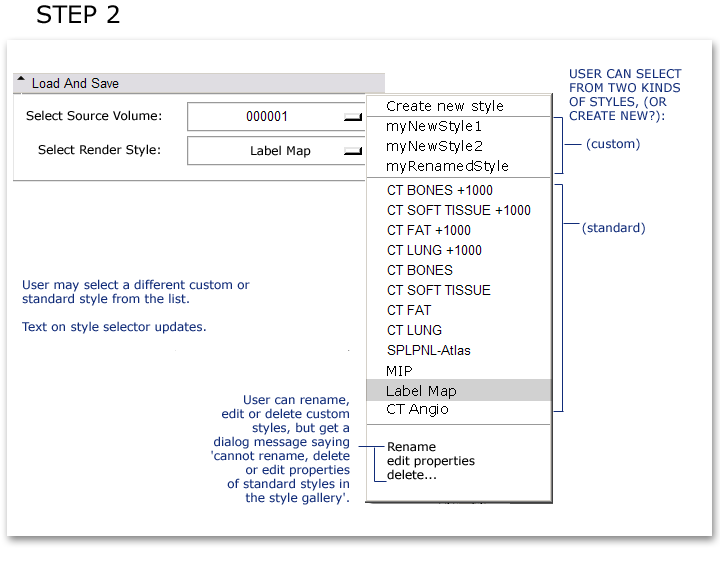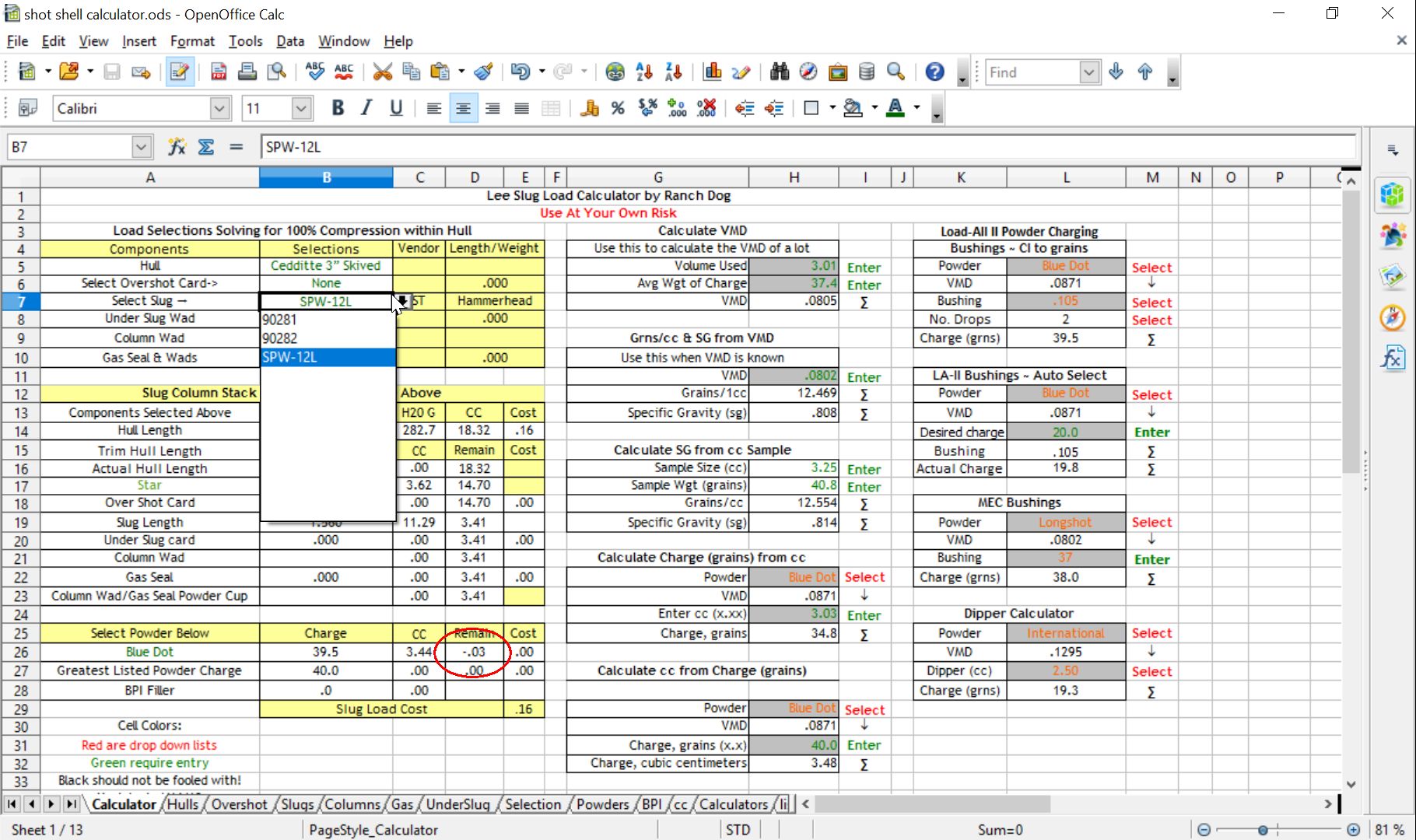

#LEE VMD CALCULATOR SKIN#
We verified the skin dose comparison based on dose calculation algorithms used in CK and HT.The mean differences between calculation and measurement values were −1.2%☓.1%, 2.5%☗.9%, −2.8%☓.8%, −6.6%☘.8%, and −1.4%☑.8% in CS, RT, RT with contour correction (CC), FSPB, and MC, respectively. The prescribed dose was 8 Gy for 95% coverage of the PTV. For HT, the skin dose was estimated via convolution superposition (CS) algorithm from the Tomotherapy planning station 5.0.2.5. The calculation doses were obtained from the MultiPlan 5.1.2 treatment planning system using raytracing (RT), finite size pencil beam (FSPB), and Monte Carlo (MC) algorithms for CK. Materials and MethodsĪrbitrarily-defined planning target volume (PTV) close to the skin was drawn on the planning computed tomography acquired from a head-and-neck phantom with 19 optically stimulated luminescent dosimeters (OSLDs) attached to the surface (3 OSLDs were positioned at the skin close to PTV and 16 OSLDs were near sideburns and forehead, away from PTV). Failing that, you can order them, or just PM me and I'll snail mail you a copy of mine.This study conducts a comparative evaluation of the skin dose in CyberKnife (CK) and Helical TomoTherapy (HT) to predict the accurate dose of radiation and minimize skin burns in head-and-neck stereotactic body radiotherapy. If you lost them, or bought your equipment second hand, try Lee's website for FAQ, Instructions, etc.

All of this is pictured in your instructions. The required value will line up with the reference mark. Set it to the whole cc, then turn complete revolutions to dial in the tenth (look at the tick/reference marks), then dial a tad more to get the hundreths of a cc. Regarding the measure's setting, the stem is a vernier scale. 221 case mouths more consistently than extruded. It won't leak if using extruded (RL-15, H4895, Varget, etc.), but ball will meter more consistently, and charge little, necked-down. Again, it will leak a tad so don't sweat it. Back off to a point where you are comfortable with the leakage-to-handle drag ratio.

Eventually you'll tighten it too much where the handle will drag. If it leaks a lot, adjust the screw on the handle, tighten it ever so slightly. You can fine tune your setting from here. Your powder, if it has absorbed some humidity or whatever may vary in density over time, but you should be within a couple tenths on the cc dial to hit your target weight. E.G., you want 25.0 grains thrown, multiple 25 by your VMD setting and you should get volumetric cc setting to set your measure to. To get a desired weight, multiple your desired weight by the recorded VMD setting and this should give you your powder measure setting. (7) For future use, you can calculate a measure setting given this VMD. (6) Record this VMD setting on your powder canister. This is because the lot of powder you are using is different than what Lee used when they published their data. It should be reasonably close to Lee's published value, but in all likelihood it will vary a tad. This gives you the VMD setting for your lot of powder. (5) Then take your cc setting you used (1.5, 3.0, whatever) and divide by the average weight you just calculated (e.g., 1.5/25 =. This gives you a reasonable average weight thrown for that setting.

(4) Divide this total by the number of charges thrown (i.e., 5). 223, these five charges thrown should weigh in around 125 grains, + a couple grains. (3) Next, throw about five charges and weigh them in total. Don't bother weighing the first 2-3 charges thrown. (2) Throw a couple of charges and toss them back in the hopper. Set the measure for the closest value (1.5, 3.0, etc.). 223, you'll end up using around 1.5 cc's for most useful powder settings. (1) Using Lee's VMD value, figure out to what closest cc setting you should use. Lee's VMD values are close, but may not line up exactly.


 0 kommentar(er)
0 kommentar(er)
